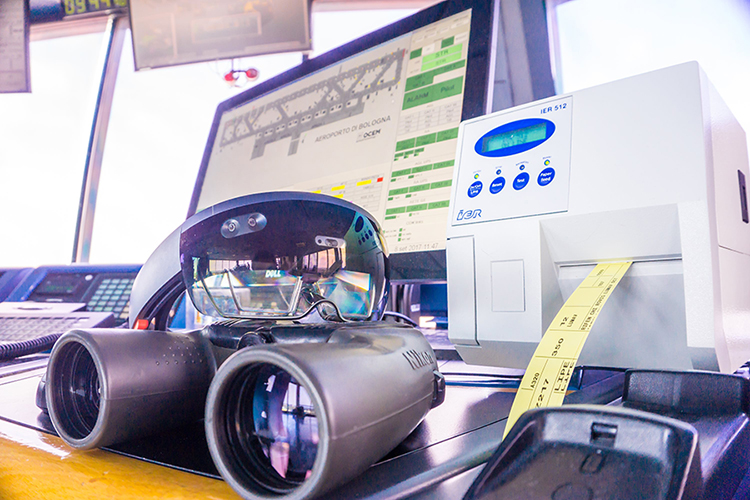SESAR research projects address four key areas, namely:
| High-performing airport operations The future European ATM system relies on the full integration of airports as nodes into the network. This implies enhanced airport operations, ensuring a seamless process through collaborative decision making (CDM), in normal conditions, and through the further development of collaborative recovery procedures in adverse conditions. In this context, this feature addresses the enhancement of runway throughput, integrated surface management, airport safety nets and total airport management. |
|
| |
Advanced air traffic services The future European ATM system will be characterised by advanced service provision, underpinned by the development of automation tools to support controllers in routine tasks. The feature reflects this move towards further automation with activities addressing enhanced arrivals and departures, separation management, enhanced air and ground safety nets and trajectory and performance-based free routing. |
| |
Optimised ATM network services An optimised ATM network must be robust and resilient to a whole range of disruptions, including meteorological and unplanned events relying on a dynamic and collaborative mechanism. This will allow for a common, updated, consistent and accurate plan that provides reference information to all planning and executing ATM actors. This feature includes activities in the areas of advanced airspace management, advanced dynamic capacity balancing (DCB) and optimised airspace user operations, as well as optimised ATM network management through a fully integrated network operations plan (NOP) and airport operations plans (AOPs) via system-wide information management (SWIM). |
| |
Enabling aviation infrastructure The enhancements described in the first three key features will be underpinned by an advanced, integrated and rationalised aviation infrastructure, providing the required technical capabilities in a resource-efficient manner. This feature will rely on enhanced integration and interfacing between aircraft and ground systems, including ATC and other stakeholder systems, such as flight operations and military mission management systems. Communications, navigation and surveillance (CNS) systems, SWIM, trajectory management, Common Support Services and the evolving role of the human will be considered in a coordinated way for application across the ATM system in a globally interoperable and harmonised manner. |
Research projects are also categorised into three strands:
- Exploratory research
- Industrial research
- Validation and Very large-scale demonstrations.
These strands have been designed as an innovation pipeline through which ideas are transformed into tangible solutions for industrialization.





